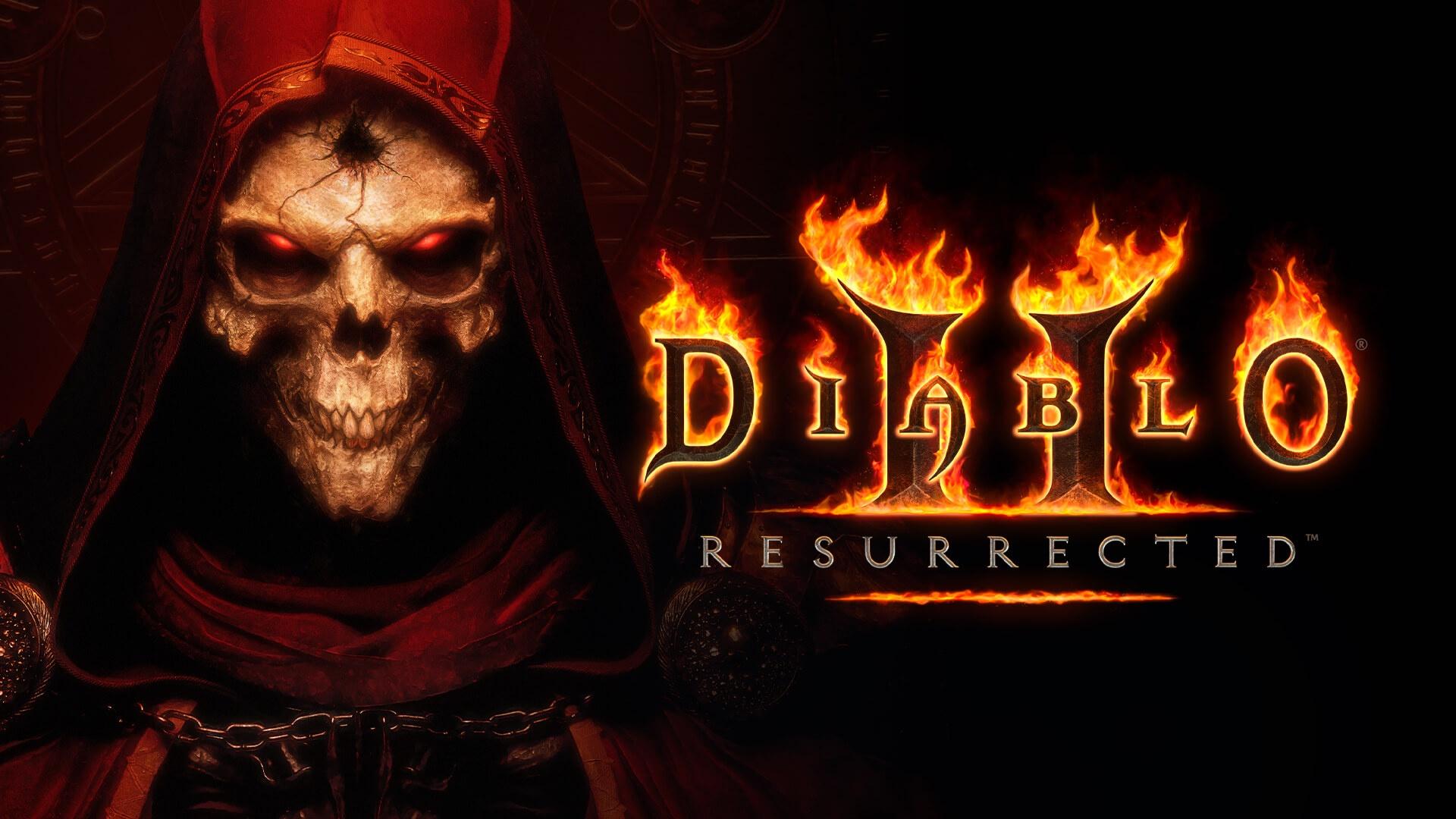
Diablo II is a piece of video game history. This action RPG helped enshrine one of Blizzard's greatest moments - the time the company also released Starcraft and Warcraft II - and was a leap forward for the genre. It is one of those games that we have returned to again and again, throughout more than twenty years, and that continues to hide endless hours of fun in its dungeons, abandoned forests and catacombs. So, it is not surprising that the RPG, initially developed by Blizzard North, returns in Diablo II: Resurrected, signed by Vicarious Visions (responsible for Tony Hawk 1 + 2 Remastered and Crash Bandicoot N Sane Trilogy). To be more precise, by former members of Vicarious Visions, as the studio was taken over by Blizzard a few months ago.
In this analysis of Diablo II Resurrected we are going to check if the game retains all the (dark) magic of the original, and what it has been like to return to such a development after enjoying Diablo III, which was originally released in 2012. Here you can read our Diablo III Eternal Collection review for Nintendo Switch.
Diablo II: Resurrected Review
The first thing to indicate is that Diablo II: Resurrected - like the other remakes that we have mentioned before - fully respects the development of the original. We have a new graphic section, adapted controls, and improvements in the menu system, but we still visit the same places and face the same creatures.
Diablo 2: Resurrected also brings back the content of the Lord of Destruction expansion (with two new character classes: Assassin and Druid, and a new act). Respecting the original content in this way is a double-edged sword. We know that it is an infallible development, that causes us an explosion of nostalgia, but being a "remake", we would have liked to find more surprises.
Diablo II was not released on consoles, so many may immerse themselves in the game after trying the third instalment. And in that case, they will find a tougher game, in which the pillars of the saga remain.
The Plot
Again, we start by choosing our character's class from seven options (Amazon, Assassin, Necromancer, Barbarian, Paladin, Sorceress, and Druid). Each of them has 30 exclusive abilities we can use to annihilate the creatures that come our way... And they are not few.
The plot returns us to Sanctuary, the mortal realm, after Diablo's defeat in the first game. The appearance of the dark wanderer gives rise to an epic story, which has as a background the fight between archangels and demons, and it is very interesting. Do not miss the spectacular cinematics - brand of the house - that has been completely redone for this version.
From that moment on, we embark on a journey (five acts) in which we explore random generation catacombs, an isometric perspective while fighting tirelessly. On the surface, this is fairly straightforward gameplay, almost like a hack'n slash.
However, under this outer layer, Diablo II is an RPG, which offers us the possibility of leveling up, improving our character with pieces of equipment and weapons, unlocking a skill tree, and enjoying an extensive "lore", that unfolds before us as we approach Hell to end the Lord of Destruction.
We say that it is a tougher game than the third installment for different reasons. The first of these is that the scenarios are darker and more oppressive, and in general we have a greater sense of danger.
Also, the ratio of unique objects and treasures that we are going to find is lower. and character improvement from certain levels is uphill. The same can be said about the difficulty of the confrontations, which are challenging from the first bars.
If we still want a greater challenge, we have the opportunity to select different game modes. Hierarchy - if we want to compete with other players, with limitations on characters and time, unconditional mode (with permanent death of the characters) or classic mode, without expansion. Neither of these modes is recommended for beginners.
Final Words: Classic or Outdated?
The management of a limited inventory, the dialogues to accept the "quests", the way the map unfolds... almost everything has a classic flavor, which in some cases seems old-fashioned. There are small changes in the interface or in the size of our stash, which improve the "quality of life", but they are not decisive.
And for more on the best games, stick around at GamesAtlas.
